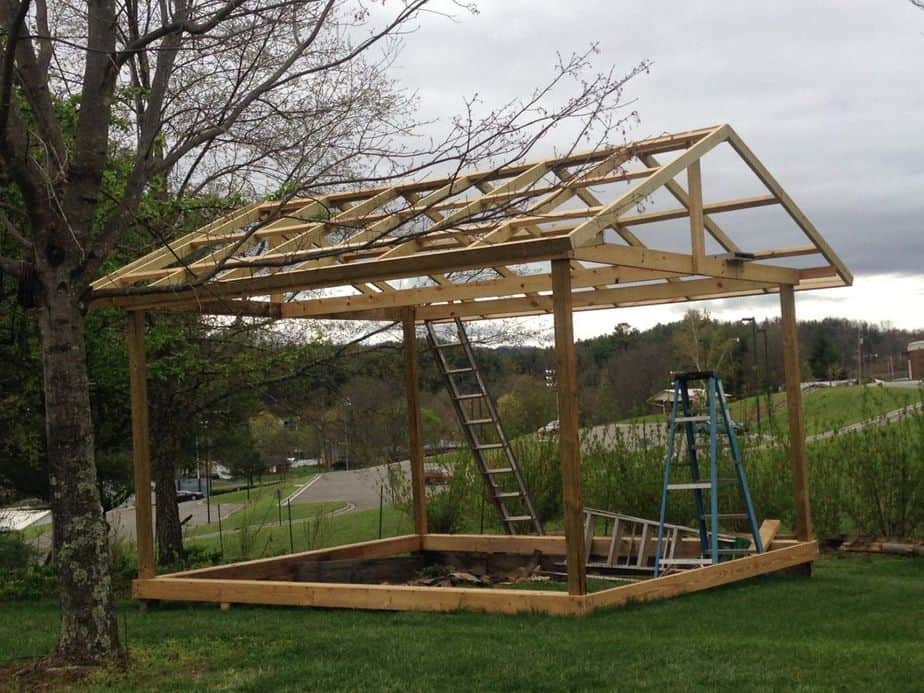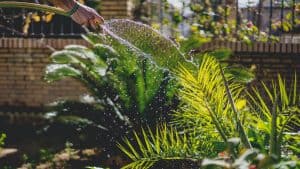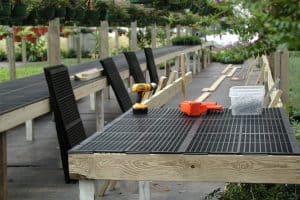So you’ve built your greenhouse and now you’re ready to grow! But first, you need to set yourself up with the best equipment and accessories for success—and we have you covered.
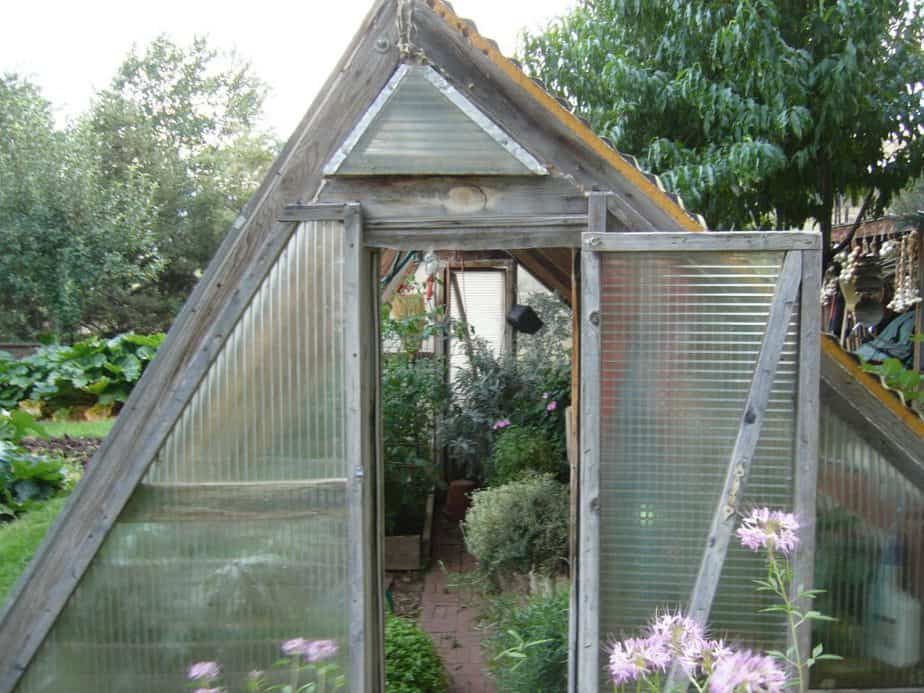
There are a million and one accessories for greenhouses, but most of those overlap with the same exact accessories you have for gardening outside. Here are some of the most essential and greenhouse-unique items to start you off.
You probably won’t have these even if you’ve been gardening outdoors for years…but you’ll surely need them for greenhouse growing.
9 ½ Best Greenhouse Accessories
Your greenhouse is vertical and now you’re ready to get it growing!
Well, you’ve come to the right place. An assortment of accessories from this list will have your greenhouse growing like a weed in no time (in a good way, obviously).
1: Shelving
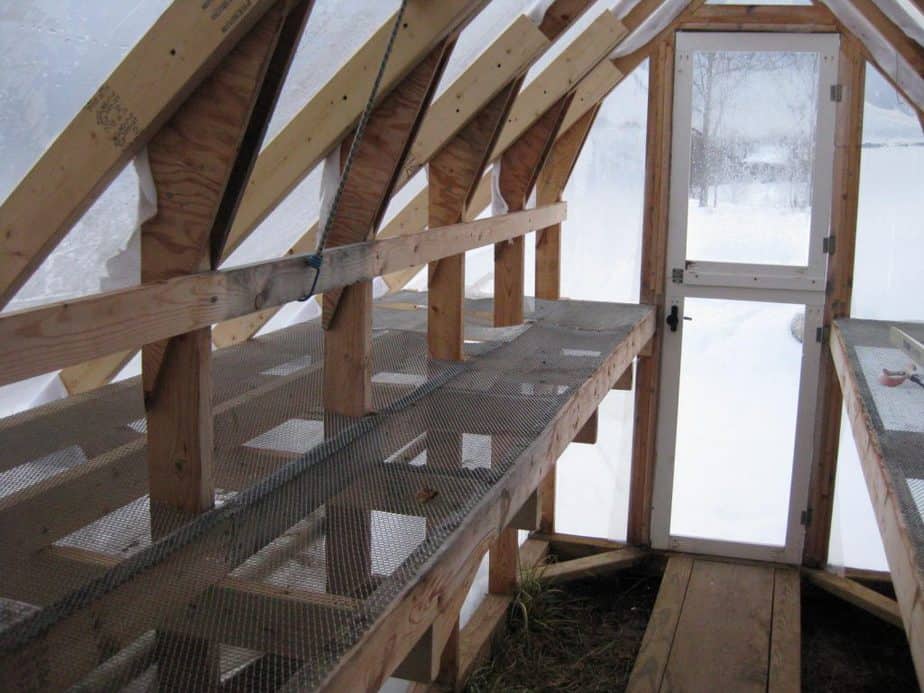
First and foremost, your plants need somewhere to sit.
You might think you could just use a regular table for housing your plants, but there are a few things that make greenhouse-specific benches and shelves particularly good for the job. For one, greenhouse tables need to be extremely sturdy; containers with soil and plants are much heavier than things you’d typically store on any old table. A lot of simple benches have a lip around its edges to prevent your plants things from falling off, too.
Plus, you can store your tools, potting materials, and all sorts of other gardening equipment on a good specialty bench!
You can procure a variety of shelvings, to include:
- shelving made of plastic or metal
- wheeled or not wheeled
- talled or single-tiered.
There are such a variety of shelves, benches, hanging and even vertical structures for your greenhouse, it can be hard to know where to start.
Some questions to ask yourself when choosing shelvings are:
- How tall will your plants grow?
- Do you have dangling plants that need space below?
- Are you likely to need to rearrange your shelving throughout the seasons?
- How tall are you?
- Do you have a ladder?
Multiple layers of shelves will obviously maximize growing space. But keep in mind that, as you stack shelves atop one another, you will start to limit the light that gets to the plants on those bottom-most tiers. Most greenhouse gardeners select a shelf system that has mesh or otherwise see-through shelves, allowing more light to reach plants on all tiers.
So, if you’re brand new to greenhouse growing, perhaps just start with a lower-height bench.
2: Thermometer
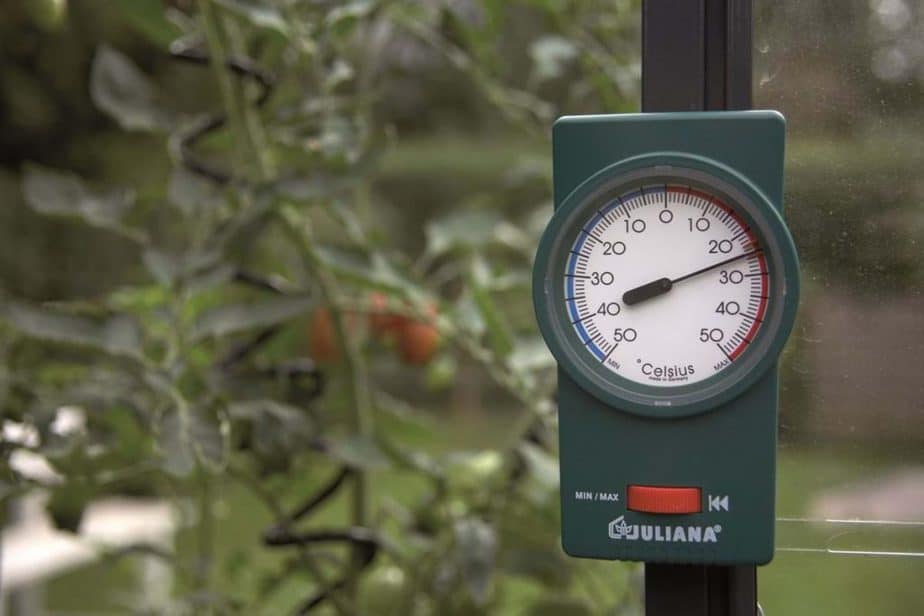
You already know that keeping a consistent inside temperature is one of the most essential tasks of greenhouse growing. So you can probably also guess that you’ll need a thermometer to measure that temperature! A thermometer will be one of the most essential assets to your greenhouse.
But there’s another aspect of your greenhouses’ climate that you need to keep track of: humidity.
Even an extremely simple one will work, but it’s great to have a “min-max” thermometer/hygrometer. Some thermometers are able to read from multiple wireless sensors that display on the thermometer screen—so you can track any temperature difference at different tiers of your greenhouse.
If you’re a tech-head who wants to get way fancier (and more convenient, as well as more expensive) with a thermometer that can link up with your smartphone.
3: Fans
It is absolutely essential to move air throughout your greenhouse to maintain a healthy and productive environment for your plants. Certain greenhouses can get by with just ventilating windows, but using fans is of huge benefit to every greenhouse gardener. Especially in warmer climates, exhaust fans are a greenhouse go-to item!
Exhaust fans, which install right into the panes of your greenhouse, will obviously take a bit more effort, time, and elbow grease to install, as compared to simple floor-dwelling circulating fans. But the additional up-front effort of installing an exhaust fan will pay off in a big way.
The size, location, and number of fans best for your greenhouse will largely depend on your climate, plus what kind of crops you’re growing. Remember, too, that you’ll need an electrical hookup for your fans—these are all things to consider before you build your greenhouse.
4: Shades
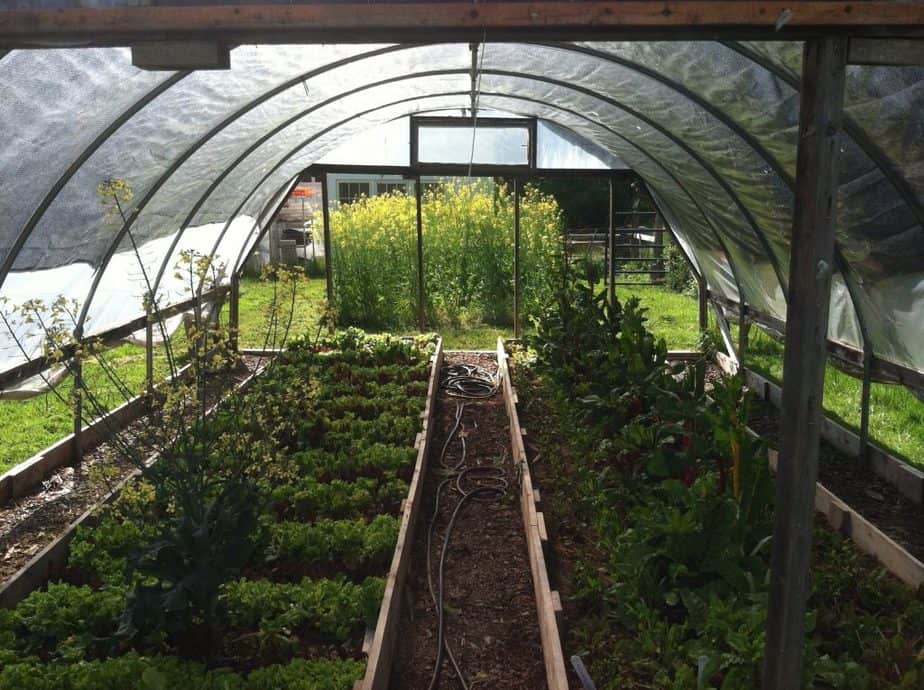
Shade cloth is simply a heavy-duty tarp-like fabric that you can buy in huge swaths.
Just like exhaust fans, shades can help you control the climate in your greenhouse and keep it at the perfect temperature. Shade cloths can protect all your plants from scorching sun rays on especially brutal summer days.
Plus, shades are also a wonderful asset to help diversify your plant habitat. By using shades to alter how much light comes into certain parts of the greenhouse, you can grow sun-loving plants right alongside crops that might like less direct sunshine.
Make sure you consider how you will hang the shade cloth. It’s best to buy a shade with grommets already installed for easy hanging and some quick-tie bungees for rolling it up easily.
They come in varying weights or thicknesses—think of it like sunblock’s SPF rating—so that you can choose the plant-protection that’s right for your greenhouse.
5: Thermostat

You’ve got your thermometer and hygrometer to track the climate, you’ve got your fans and shades to keep the climate controlled!
You’re all set! Right?
Well, not if you want the easiest possible greenhouse growing experience. Wise greenhouse growers want to automate their climate control. And for that, you’ll need a thermostat.
Many quality exhaust fans integrate with a digital thermostat on which you can set maximum and minimum temperatures. At that max temp, your trust thermostat will signal your exhaust fan to turn on. When the thermostat reads your min temperature, the fan will turn off. Easy-peasy, and well worth the cost.
6: Insulation

But what about the opposite problem—if your greenhouse becomes too cold? Even with proper heat batteries, some greenhouses just can’t keep warm in cold climates, particularly during seasons with less sunlight hours.
If you’ve ever run a race in cold weather or rain, medics might have given you a “tin foil blanket” to warm you up at the finish line. Your greenhouse plants can be kept warm by the same material.
Just like a shade cloth, insulation is extremely versatile and relatively easy to install/uninstall across the seasons. Reflective foil insulation doesn’t look pretty, but it sure does keep a greenhouse toasty. For even more aggressive insulation, look for a thicker, bubble-insulated material.
Depending on the climate where you live, something as lightweight as clear vinyl sheeting might even do the trick.
And—yep, it’s true—some gardeners choose to simply snuggle up their plants with a wool blanket on extra-cold nights. While this works to an extent, you may be best off investing in a greenhouse heater.
7: Lights
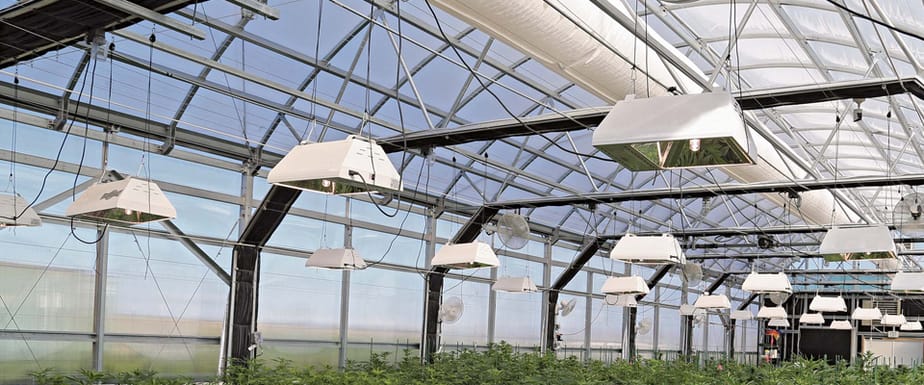
Lights are a more optional addition to your greenhouse, but useful for more than one purpose and highly recommended.
Think about this: Even if you don’t care about installing lights to help your plants grow, you’ll want some lights in your greenhouse if you ever plan on being in there after dark! Considering that you’ve likely built a greenhouse to keep gardening throughout those dark winter months, you’ll probably need at least a simple lamp for post-sunset gardening.
Whether or not you need grow lights will largely depends on what kind of crops you’d like to cultivate in your greenhouse. Sun-supplementing grow lights will help your plants photosynthesize in those dark months and can be the key to growing more tropical plants in your greenhouse. There are a wide variety of LED grow lights on the market, and even shelving units that have built-in lights.
8: Bug traps and repellent
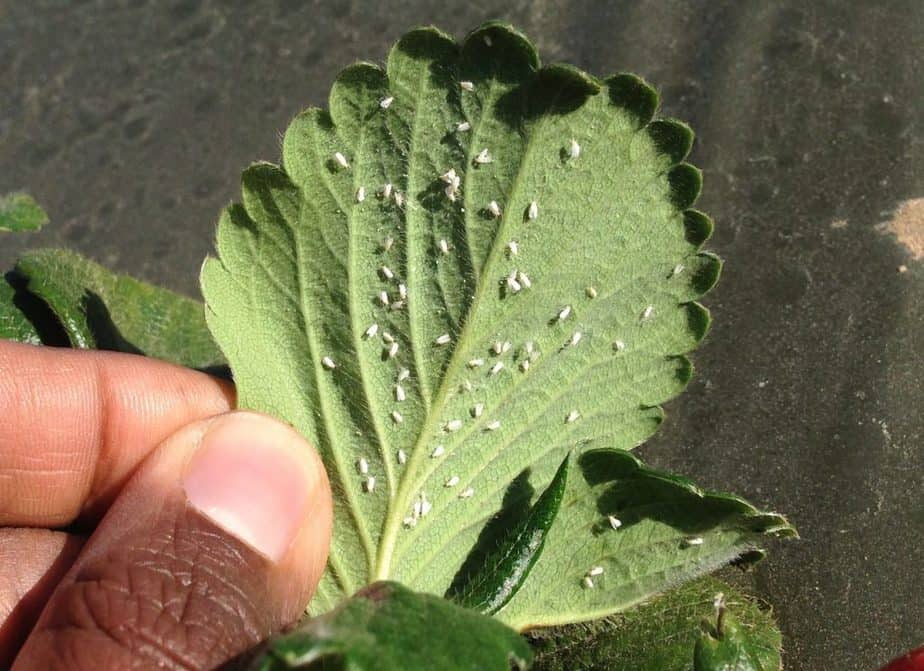
If you keep an ideal climate in your greenhouse, you may have too much of a problem with pests. But the reality is that bugs in greenhouses are simply unavoidable. Even the best prevention methods won’t eliminate every aphid, slug, caterpillar, or fly.
Load up your greenhouse with a decent amount of traps, as simple as flypaper or more complex (and therefore expensive), like an electronic bug-killing whirligig machine (not its technical name).
If you go for repellents, we heartily recommend using all-natural, organic pesticides and repellents. Try a spray of neem oil or a slug repellent simply made of iron phosphate.
9 and 9 ½: Hose & Water Wands
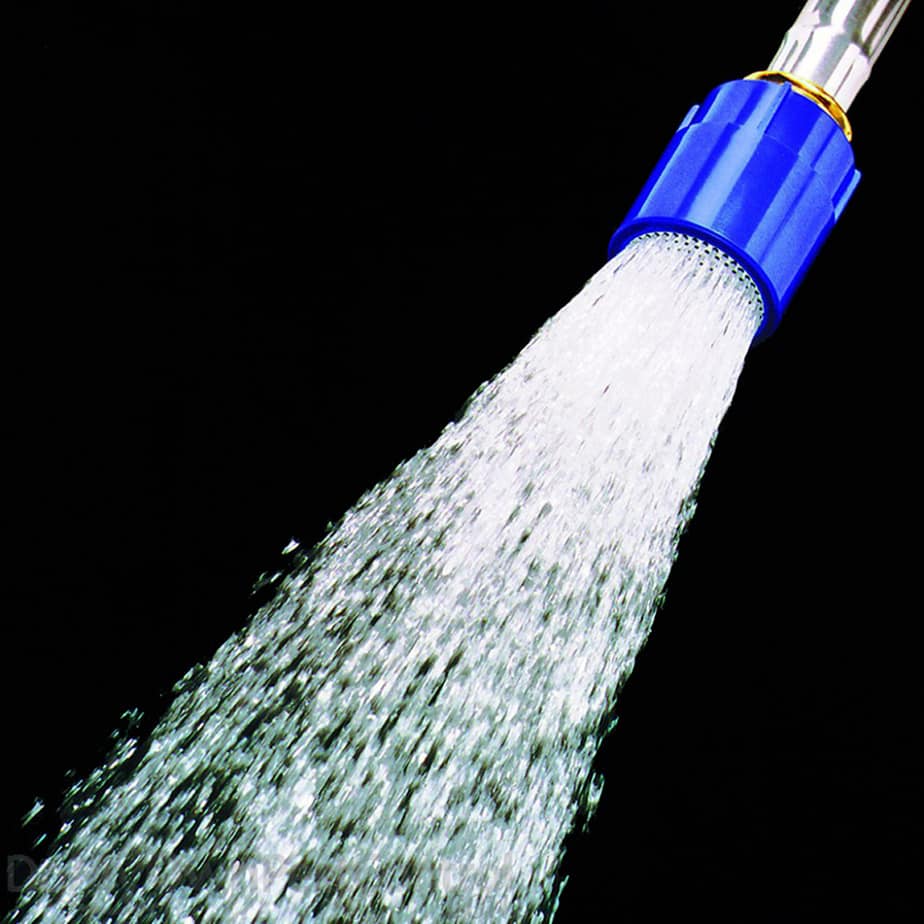
Okay, okay, these are two accessories. But we’ve combined these into one bullet point because: what good is a water wand without a hose?
No good! And frankly, we think a hose without a water wand isn’t your best choice for a greenhouse.
Hopefully, your greenhouse will be full of plant life on tables, benches, shelves, and maybe even some more fancy-pants vertical contraptions. Water wands are inexpensive and incredibly useful to help you reach all your plants with the perfect amount of water.
Patrick is a professional copywriter and a published ecologist. He spends too much time trying to ID weeds and the rest of it trying to manage his quickly expanding succulent collection.

